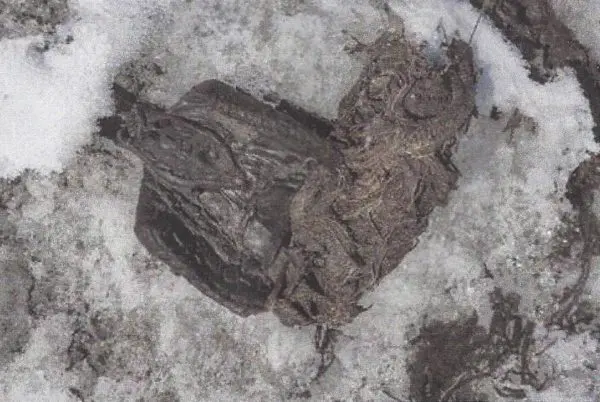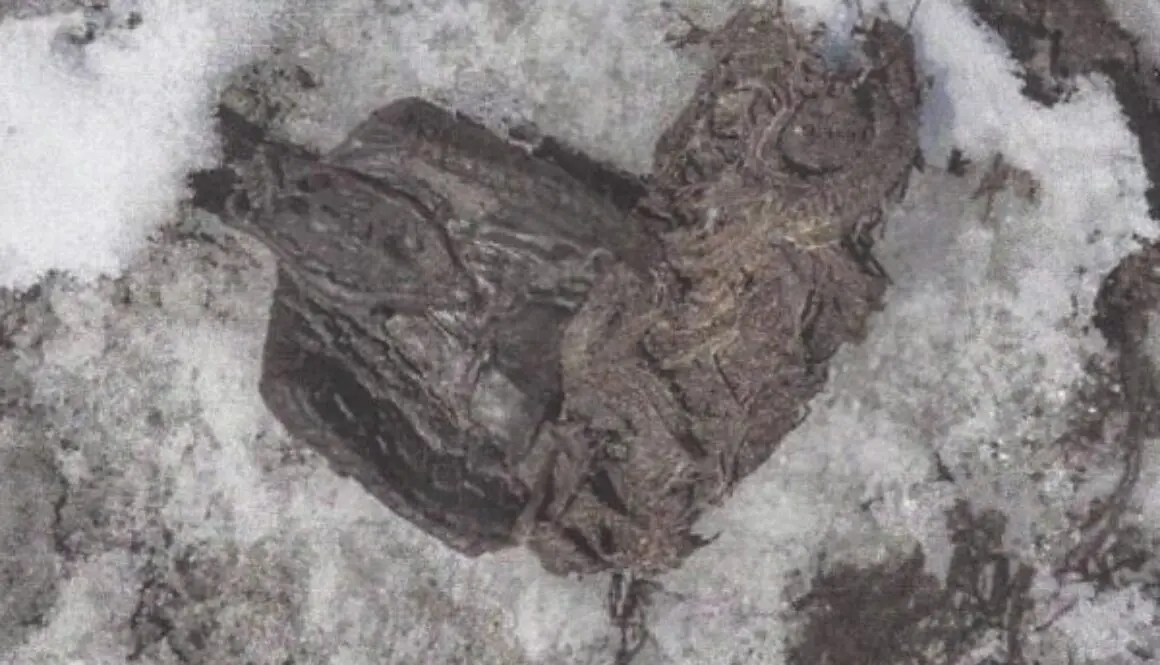Mule Finds at Theodul Pass
Swiss Mule Magazine 2018-1
This article is written by Elke Stadler and from my friend, Josefine, editor of the Swiss Mule Bulletin in Switzerland! Since we share a love for Longears, we like to share each other’s respective mule historical experiences with our friends and fans. I hope you enjoy this article as much as I did! Thank you so much, Josefine! In the future, we look forward to more news from Switzerland in support of Longears:
The Theodul Pass
The name is derived from St. Theodul, the first known Valais bishop from the 4th century Walser German, it is called Theodul Yoke. From the 16th to the end of the 18th century it was called Augst Valley Pass (Augst = Aosta, Latin Augusta Praetoria), later, until the beginning of the 19th century, simply also called Valais Pass, then Matter Yoke. The special feature of the glaciated pass is its great height: 3,295 m above sea level (as of 2009). It is located in the Valais between the Matterhorn and the Breithorn. The pass, which crosses the border between Italy and Switzerland, connects Zermatt in the Matter Valley with Breuil-Cervinia in Valtournenche.
No other Alpine pass of comparable importance is higher than 2,900 m above sea level. The Theodul Pass has always been an important crossing point in the Valais Alps. A stone axe found in 1895 comes from Brittany and dates back to the Neolithic period (4000 to 3500 BC). It suggests that the pass was already in use at that time. Near the top of the pass, a Roman coin treasure dating from the 1st to 4th century AD was found. You can see it today at the Alpine Museum in Zermatt.
The Mule and the Theodul Pass
The Theodul Pass was probably commemorated with mules from the Roman period, possibly as early as the end of the late Iron Age. The oldest evidence for the use of mules in the Theodul Pass region can be found in late-medieval text sources that report on trade relations between the Matter Valley and the Aosta Valley. The “horses” repeatedly mentioned in this article can only be mules. From the early 20th century onwards, the use of the mule for the transport of goods over the Theodul Pass, represented only a rarity in view of increasingly difficult climatic conditions and the emergence of a modern transport network.
Dangerous conditions at the glacier pass
The historic pass consists of two sections: From Zermatt to the edge of the glacier a path on the grown soil; from there to the pass, as a rule, a track across the glacier. As a glacier pass, the transition to those altitudes in which passability is highly dependent on climatic conditions is sufficient. Daily fluctuations (hard snow, soft snow), seasonal influences (summer, winter, avalanches) as well as climatic changes over the centuries have an impact here.
The crossing of such a high pass was not safe for humans and animals. In the oral tradition of the Matter Valley there are numerous stories and legends that tell of mishaps of traders or farmers accompanied by their mule. In Zeneggen, for example, it is said that a farmer who went out with two mules to get wine in Italy got caught in a storm. The mules, who are known for keeping calm in all situations, came back to the village on their own and vice versa, while the owner, who was believed dead, followed a few days later.
Mule bone finds and a whole skeleton
The mules whose bones have been found in the pass region since 1985 did not have that luck. However, its skeletal parts are direct witnesses to the important role played by the animal, which is important for Alpine culture, in the regional economy. Even though the mules are known to us as indispensable human helpers until the transport connections of the mountains, little is known about the beginning of mule maintenance in Valais.
Until the discovery of a complete skeleton on the ice surface in the eastern area of the Upper Theodul glacier in autumn 2013, bone remains, i. e. individual fragments, were salvaged exclusively from the areas cleared of the ice. Most of the pieces come from the eastern edge of the Upper Theodul Glacier. From 1985 to 2013, 247 equine bones were collected, including 122 pieces belonging to the same individual.
At archaeological sites, remains of the bones of equidae are a rarity, and their identification also fails due to the extreme difficulty of distinguishing donkeys, horses and their hybrids (mules) from skeletal parts, which are usually isolated and fragmented. With the exception of the fully preserved mule skeleton discovered in 2013, every single piece of bone remains discovered in Valais was definitely assigned to a hybrid. The discovery of the complete skeleton can therefore be regarded as the first reliable evidence of mules in Valais. The Upper Theodul Glacier, was systematically prospected for the first time in 2010. This is part of a project funded by the Swiss National Science Foundation for the archaeological study of glaciated pass crossings between Valais and Italy.
In autumn 2015, the youngest find, belonging to a mule, was found in the interesting search area like a brown jellyfish on the ice: woven cords of a mule saddle sewn into a fine piece of leather. What will the melting glacier release in the coming years?
The archaeological discovery of the Theodul Pass is inseparable from the retreat of the Upper Theodul Glacier and the alpine, and tourist development of the Zermatt Alps from the second half of the 19th century onwards. Many objects were accidental findings of tourists. The oldest finds date back to Roman times. The numerous mule bone finds bear witness to the movement of goods and persons, which is regularly mentioned in textual sources. Up to 10,000 year old finds, in the immediate vicinity of the Theodul Pass and the Upper Theodul Glacier, indicate a prehistoric ascent of the pass. In the future, a more targeted archaeological investigation of the Theodulpass area will be possible thanks to the research project of the University of Freiburg i. Ue., which was completed in 2014 and calculates archaeological suspected find areas.

An ice free mule saddle made of cords and leather.
Sources: Mules and rock horses: animal bone remains, In: Providoli S., Curdy P. and Elsig P. (2015) 400 years in glacial ice. The Theodul Pass at Zermatt and his “mercenary”; NZZ: Glacier archaeology, stories from the freezer, Caroline Fink; www.ivs.admin.ch ; https://de.wikipedia.org/wiki/Theodulpass

